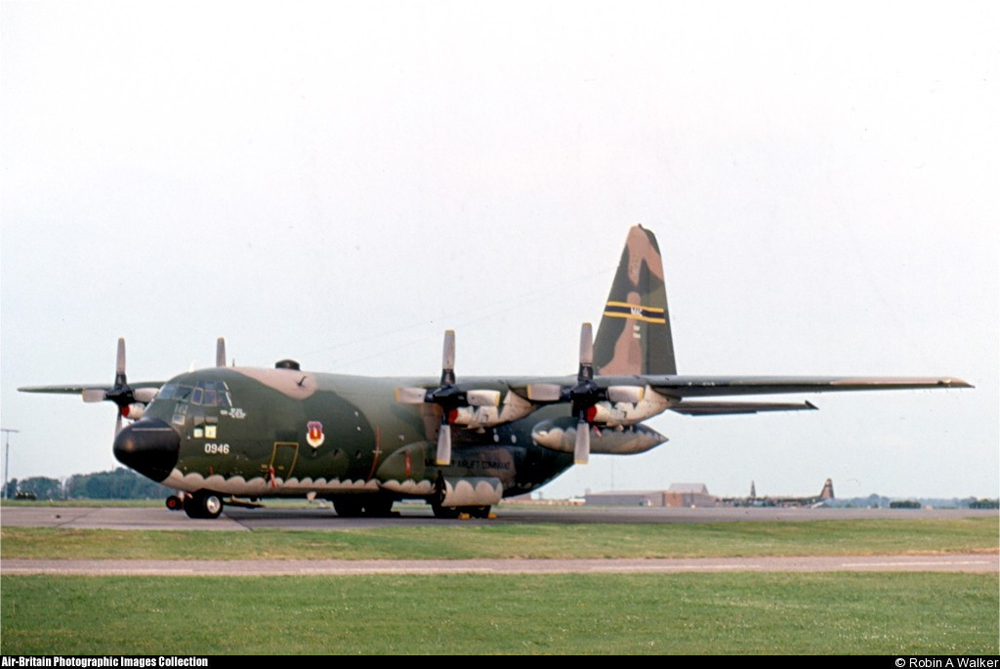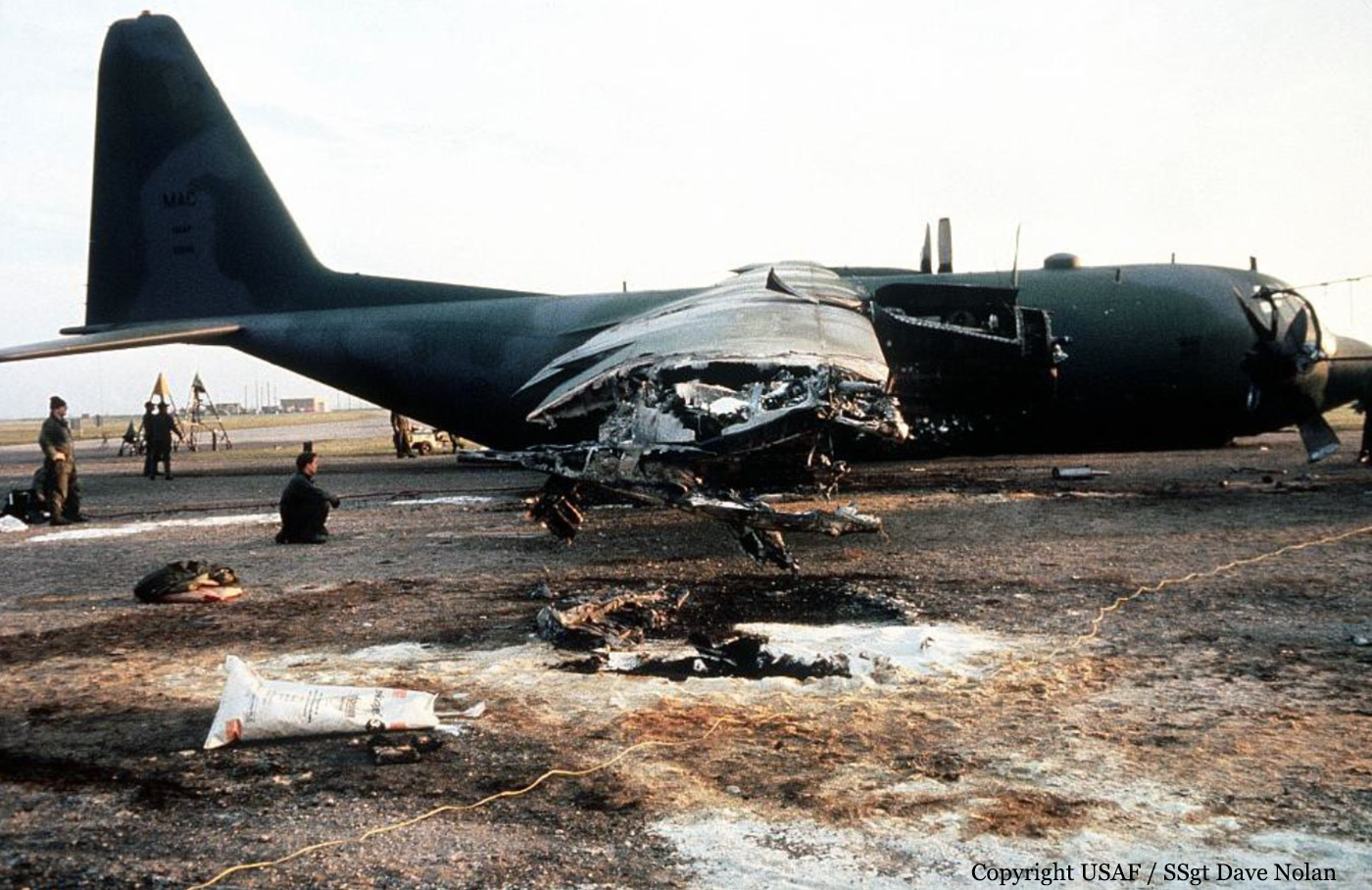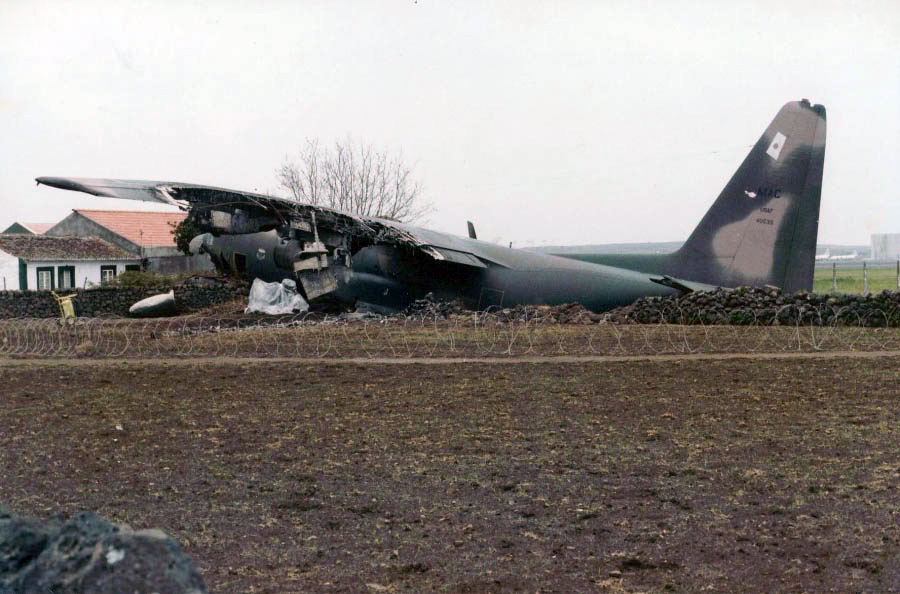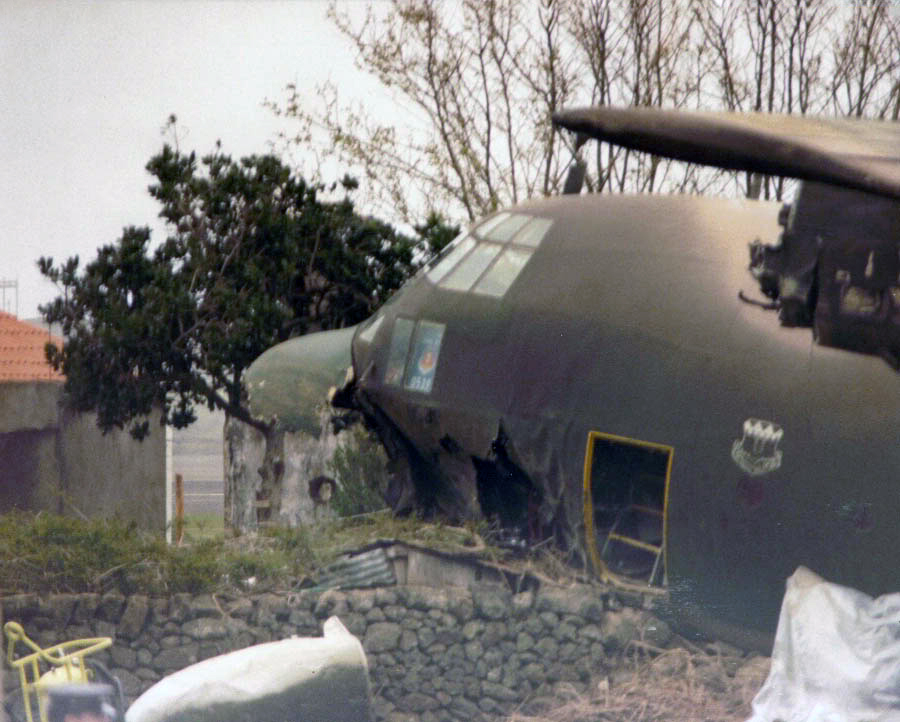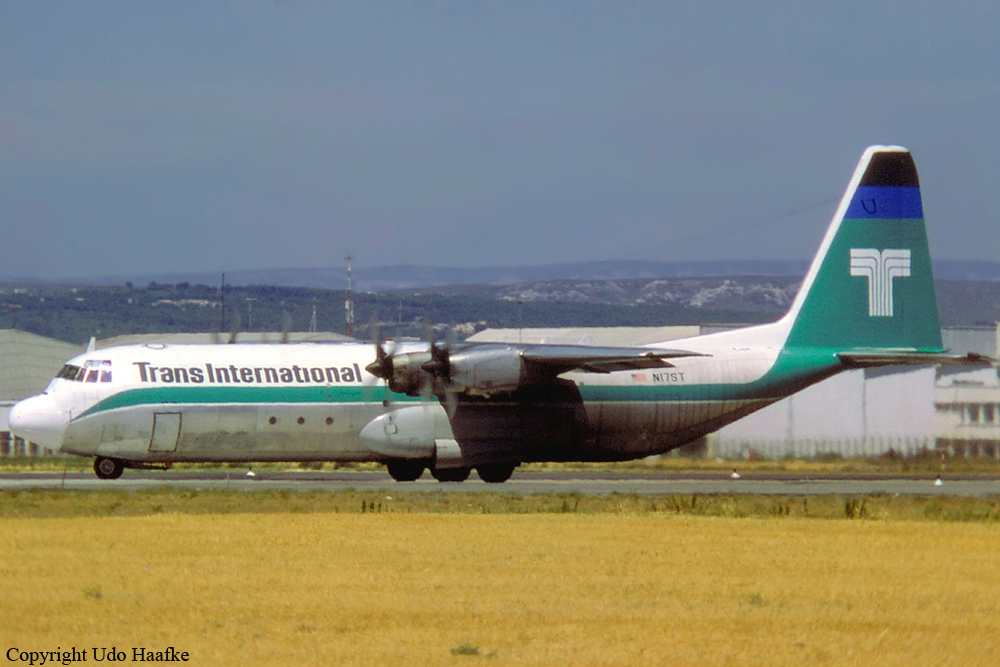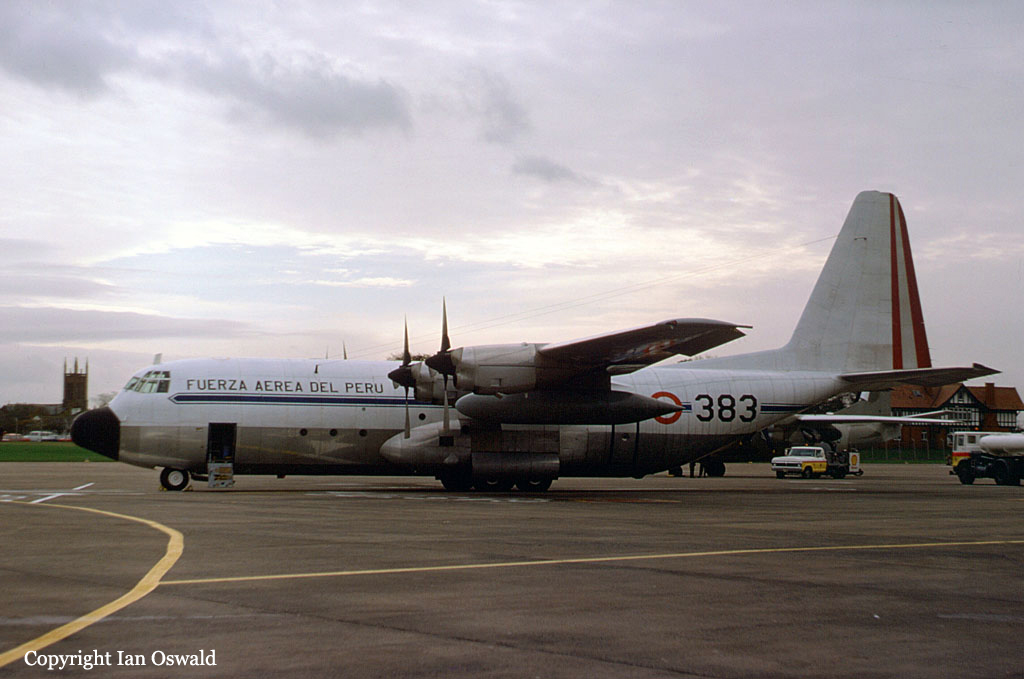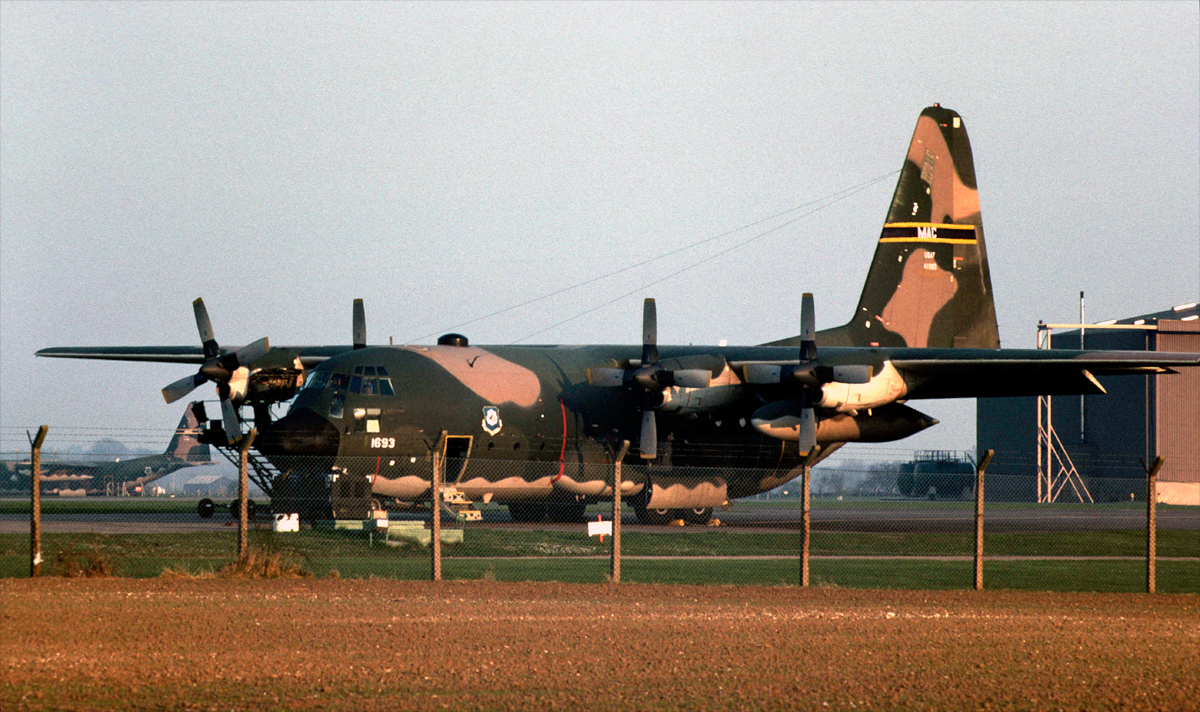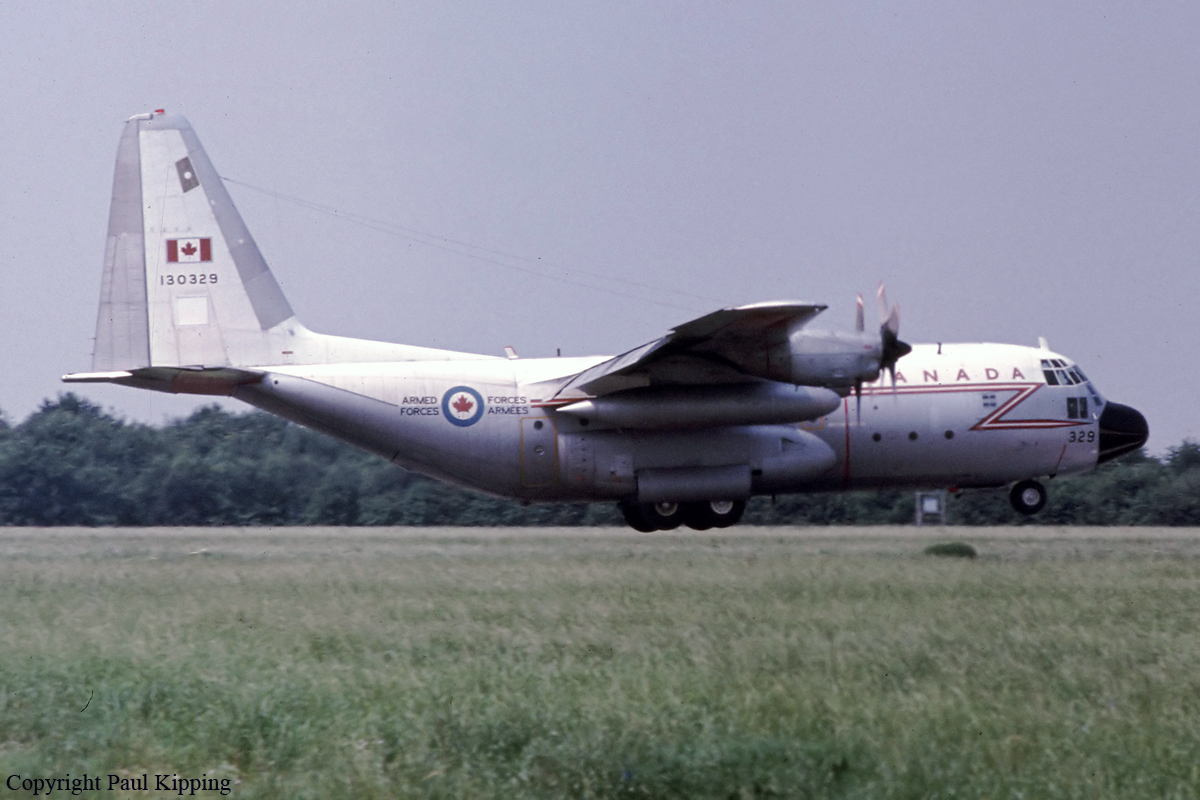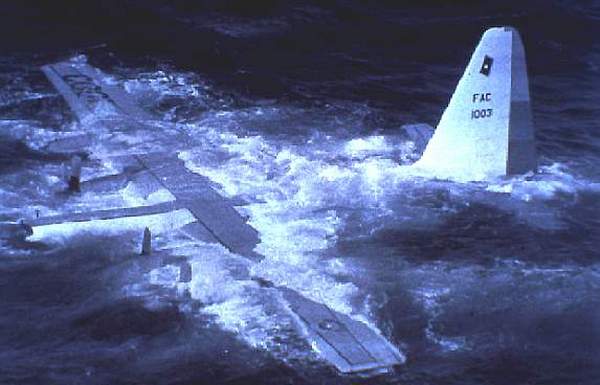Crash of a Lockheed C-130A Hercules off Trujillo: 21 killed
Date & Time:
Jan 22, 1985 at 0935 LT
Registration:
56-0501
Survivors:
No
Schedule:
Howard – Trujillo – Comayagua
MSN:
3109
YOM:
1957
Crew on board:
5
Crew fatalities:
Pax on board:
16
Pax fatalities:
Other fatalities:
Total fatalities:
21
Circumstances:
Following an uneventful flight from Howard Airbase in Panama, the crew started the approach to Trujillo Airport in marginal weather conditions. While completing a left turn at low height with gear and flaps retracted, the aircraft struck the water surface with its left wingtip. Out of control, it crashed in the sea about 13 km from the airport. All 21 occupants were killed. At the time of the accident, the visibility was estimated to be 2,500 meters in haze with a 1,500 feet ceiling and a northerly wind gusting to 25 knots.


